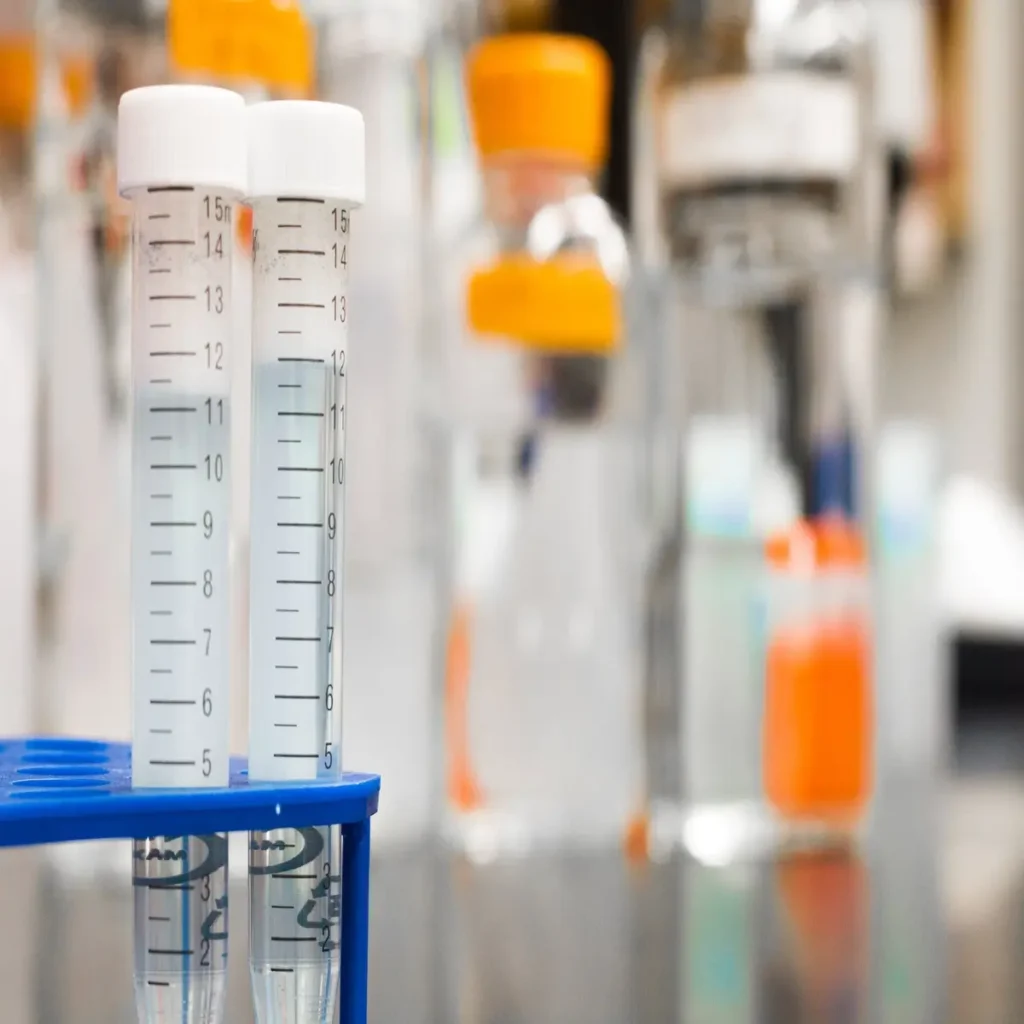
Metabolism refers to the chemical processes within living organisms. Learn more about metabolism reactions and types.
What is metabolism?
It is process by which drug molecule structure will be change because of the reaction with enzyme or other chemical present in body.
Metabolism is also known as Biotransformation. Liver is major site of metabolism. The other sites of metabolism are Kidney, lungs and Intestine.
What are the drug metabolism reactions?
Drug metabolism is continued by 2 types of reaction, non-synthetic reaction and synthetic reaction.
What is non-synthetic reaction?
Non-synthetic reaction also known as phase-1 reaction.
In this reaction, drug structure will be change and will form functional group by reduction, hydrolysis, oxidation, cyclization, decycliczation.
What is oxidation in metabolism?
When the oxygen will be added in drug structure and hydrogen will remove from chemical structure of drug known as oxidation reaction in metabolism.
We can say oxidation contains, addition of negatively charged radicals and removal of positively charged radicals. Some oxidation reactions are, hydroxylation, oxidative deamination, o-dealkylation. Example of some oxidized drugs are ibuprofen, paracetamol, steroids, phenytoin etc.
What is reduction?
In this reaction hydrogen will be added and oxygen will be removed from drug structure. It is opposite of oxidation reaction. Example of some reduced drugs are chloramphenicol, halothane and warfarin etc. These reactions use microsomal enzymes located in the liver, called as cytochrome P450 enzyme system.
What is hydrolysis in metabolism reaction?
Hydrolysis defines as a reaction, in which chemical bond of particular drug molecule will be collapse due to reaction with water. Examples of hydrolyzed drugs are procaine, lidocaine, procainamide, aspirin, pethidine, oxytocin etc. Hydrolysis takes place in liver, intestines and plasma.
What is cyclization?
When a drug molecule form ring structure from a straight chain is known cyclization. For example, proguanil.
What is decycliczation?
When a cyclic ring structure of a drug is opened up, then it is known as Decyliczation. This is a minor pathway. Example, phenytoin
What is synthetic reaction in metabolism?
Synthetic reaction is also known as phase-2 reaction.
This is the most common conjugation reaction, where drug or its metabolites are converted to more water-soluble compounds. Which is easier for kidneys to excrete.
In this type of reactions, drugs undergoing metabolism with another substance like glucuronic acid, sulfuric acid, acetic acid or an amino acid to form highly ionized polar organic acid. This reaction is required high energy.
What are the types of synthetic reactions?
Conjugation reactions involved in drug metabolism or biotransformation are, glucuronide conjugation, acetylation, methylation, glycine conjugation, sulfate conjugation and glutathione conjugation.
What is glucuronide conjugation?
This is the most important synthetic reaction continued by the help of uridine diphosphate glucuronosyltransferases (UGT) enzyme.
This UGT enzyme help to detoxification of drug molecules and makes the drug molecules more water-soluble. Compounds with a hydroxyl or carboxylic acid group are easily conjugated with glucuronic acid which is derived from glucose. For examples, aspirin, paracetamol, diazepam, morphine, metronidazole etc.
What is acetylation?
Compounds which contain amine or hydrazine are conjugated with the help of acetyl coenzyme A. Example of some drugs are, sulfonamides, isoniazid, PAS, dapsone, clonazepam etc.
What is methylation?
When a methyl group is added in substance is denoted as methylation. The amines and phenols can be methylated by methyl transferases (MT). Example of some drugs which undergoes methylation are, adrenaline, histamine, nicotinic acid, captopril etc.
What is glycine conjugation?
Drugs which contain carboxylic group is conjugated by glycine is known as glycine conjugation. For example, salicylates, nicotinic acid etc. But this is not a major pathway.
What is sulfate conjugation?
When sulphate is added on phenolic compounds and steroids in presence of sulfotransferases enzyme(liver) (SULT) is known as Sulfate conjugation. Example: – Methyldopa, adrenal and sex steroids etc.
What is glutathione conjugation?
When a drug substance forms mercapturic acid in presence of glutathione-s-transferase (GST), this reaction is known as Glutathione conjugation reaction. It is normally a minor pathway. Example of a drug is paracetamol.
What are factors affecting metabolism?
- Enzyme deficiency can lead to drug tolerance issues.
- Enzyme induction in the liver can increase metabolism.
- Oral drug administration often boosts metabolism.
- Aging slows metabolism due to declining organ function.
- A healthy diet can enhance metabolism.
- Males generally have a higher metabolism than females.
- Liver diseases can disrupt metabolism.
- Pregnancy increases metabolism for drug clearance.
- Smoking can raise metabolism and affect drug synthesis.
Also read Pharmacokinetics: Absorption, distribution, metabolism and excretion in pharmacy.
